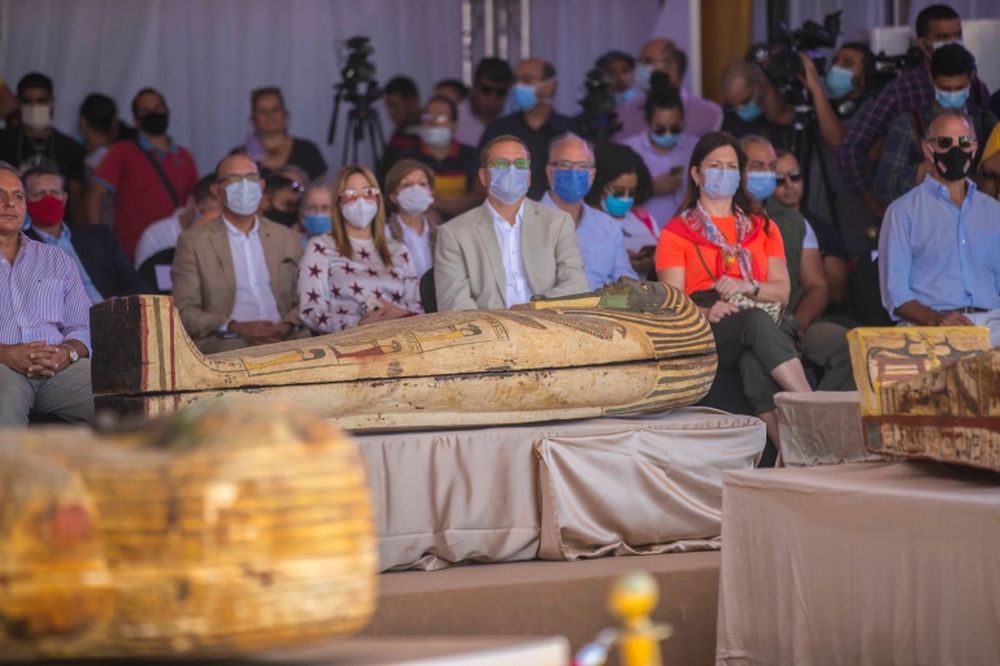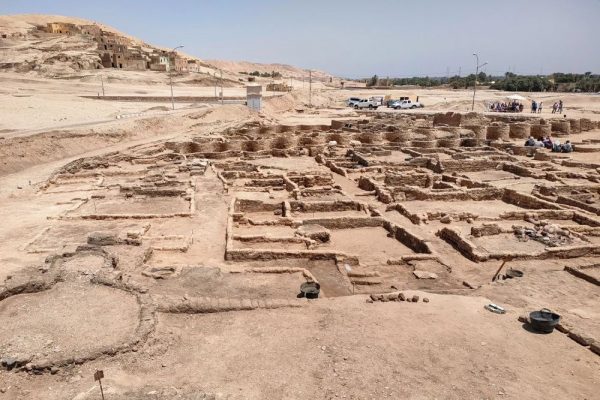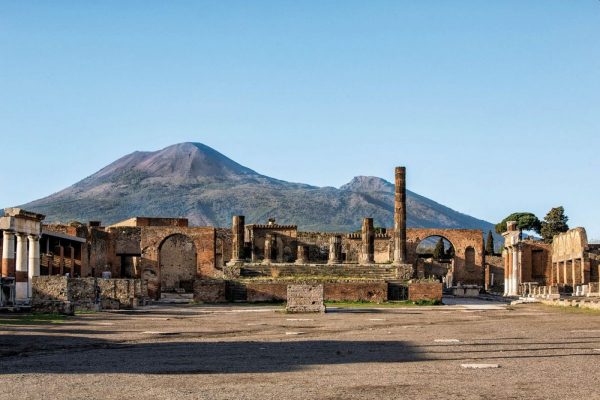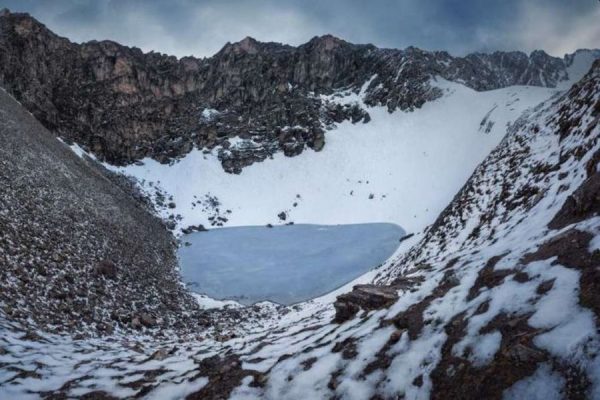Recent Saqqara Discoveries Reveal Unprecedented Mysteries of Ancient Egypt
For almost 30 centuries, Ancient Egypt was the greatest civilization in the Mediterranean world. From the great pyramids of the Old Kingdom through the military conquests of the New Kingdom, Egypt’s majesty has long enhanced archaeologists and historians and created a vibrant field of study all its own Egyptology.
The main sources of information about Egypt are the many monuments, objects, and artifacts that have been recovered from archaeological sites, covered with hieroglyphs that have only recently been deciphered. Much about Egyptian arts and crafts, technology, politics and region, including a great reverence for the dead and probably a belief in the afterlife has been revealed through archaeological digs over the years.
As technology advanced, archaeologists have unearthed buried treasures and other evidence of the ancient civilization. The necropolis of Saqqara is the largest group of Egyptian tombs of antiquity. It is the necropolis of the ancient Egyptian capital of Memphis, a UNESCO World Heritage Site, located on the west bank of the Nile, like most of the necropolises of ancient Egypt.

Saqqara discoveries are revealing unprecedented mysteries of Ancient Egypt | Image: Khaled Desouki/AFP
It is an exceptional archaeological site is filled with royal-tombs, whose centerpiece is undoubtedly the funeral ensemble of Djoser, the first pharaoh of the 3rd dynasty. The Saqqara plateau has been explored several times, but still after the Napoleonic expedition. Excavations in Saqqara have in recent years discovered troves of artifacts as well as mummified snake, birds, scarab beetles and other animals.
Most recently, archaeologists announced the discovery of 59 well-preserved and sealed wooden coffins that were buried more than 2,500 years ago. The dramatic find was unearthed south of Cairo in the sprawling burial ground of Saqqara. The archaeological team first opened the sarcophagi, before assembled media, the archeologists found mummified remains wrapped in burial cloth that bore hieroglyphic inscriptions in bright colors.
The mummy tomb, which has been sealed for 2500 years, has been opened for the first time. pic.twitter.com/KWGT95girv
— Psychedelic Art (@VisuallySt) October 5, 2020
The team discovered the three shafts where the coffins were laid in “perfect condition” due to a protective seal that preserved them from chemical reactions. According to the Tourism and Antiquities Minister Khaled al-Anani, an unknown number of additional coffins may still lie buried near the 4,700-year-old pyramid of Djoser. The coffins, sealed over 2,500 years old, dating back to the late Period of ancient Egypt, from about the sixth or seventh century BC.
The Egyptian archaeological mission behind the discovery had been active since 2018 and previously uncovered the storage of mummified animals and a well-preserved tomb of a fifth dynasty royal priest called ‘Wahtye’ in the area.
Dozens of statues were also found in the area including a bronze figurine depicting Nefertem, an ancient god of the lotus blossom. Preliminary studies indicated that the sarcophagi likely belonged to priests, senior statesmen, and prominent figures in the ancient Egyptian society of the 26th dynasty.
Last year, there was a discovery made in the Saqqara necropolis, just outside Cairo, of scores of mummified animals, including cats, crocodiles and lion cubs, and an untouched tomb from the 25th century BC. Archaeologists also found wooden and bronze cat statues representing the ancient goddess Bastet and a rare large stone scarab.
Netflix has made a documentary titled “Secrets of the Saqqara Tomb” that focuses on the entirely Egyptian archaeological monuments – further revealing the country’s heritage and history.
The experts will continue opening the coffins and studying their contents before their eventual display at the Grand Egyptian Museum, which is anticipated to open next year.
The Saqqara discoveries could reveal more and fascinating mysteries of Ancient Egypt, enriching the history of this ancient civilization.


